Chita Rivera was the original Anita in Broadway’s ‘West Side Story’
Chita Rivera catapulted to fame playing Anita in the 1957 musical “West Side Story” on Broadway.
But please don’t confuse the 90-year-old diva with the actress Rita Moreno, who played the same role in the 1961 film.
When people tell her that they loved her in the movie, “I straighten them out,” Rivera writes in her new memoir, “Chita” (HarperOne).
“Then [I] politely say, ‘I was the original Anita.’”
Still, she admits she felt a “pang of resentment” when she saw Moreno on screen in a replica of the ruffled purple frock that Rivera made famous.
“How dare she?” Rivera seethed. “That is my dress!”
Kissing her “cute” co-star Dick Van Dyke on stage every night in the Broadway smash “Bye Bye Birdie” helped lessen the pain.
“Those sorts of things can be a perk of acting,” she writes.
“But you can’t get carried away.”
Rivera sometimes did get carried away, although never with Van Dyke (they were too busy cracking each other up).
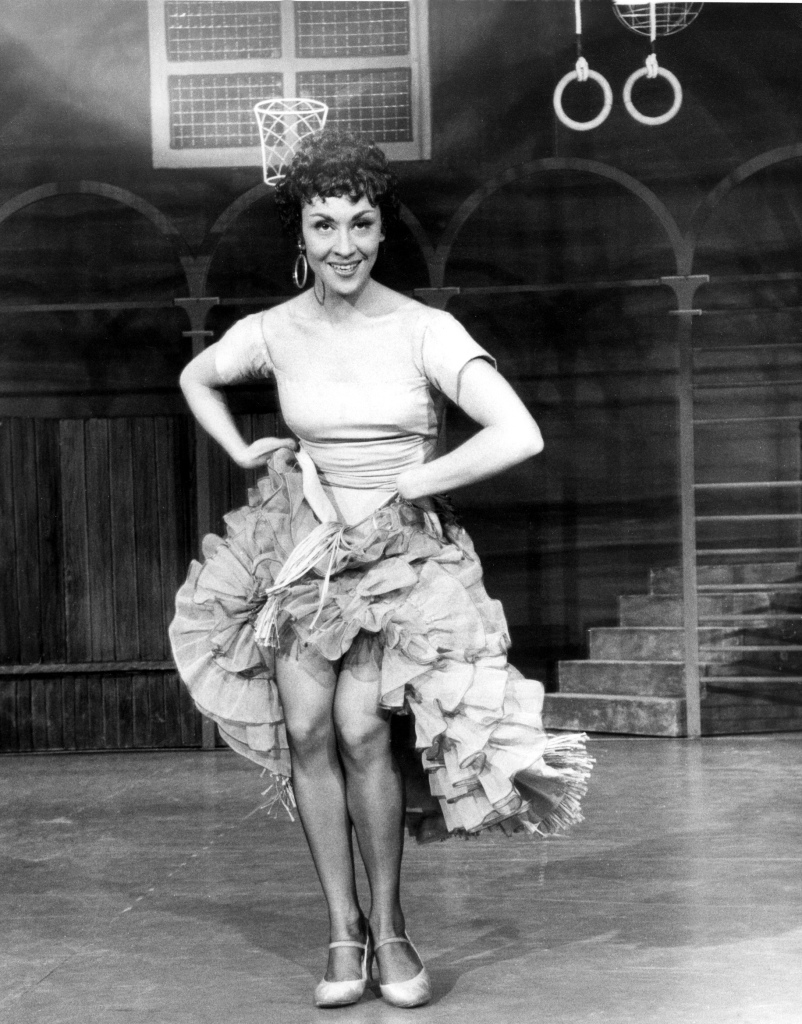
Fortunately, the wildly entertaining “Chita” — which she wrote with Patrick Pacheco — does not scrimp on the love affairs (most notably with Sammy Davis Jr.), the struggles (acting alongside a troubled Liza Minnelli in “The Rink,” at the height of the younger actress’ drug problems) or the celebrity anecdotes (Judy Garland was wonderful; John Lennon, a jerk).
Rivera, after all, is a performer who consistently gives her all on stage, whether wailing over her slain boyfriend in “West Side Story” or tangoing with Antonio Banderas in “Nine.” (About that: “I blindfolded him with a purple scarf and at one point whipped my leg up on his shoulder — and left it there. Then he kissed it. At each performance, I would turn to the audience with a look that said, ‘Eat your heart out!’ ”)
It’s only fitting that the three-time Tony winner would throw herself into writing her memoirs as well.
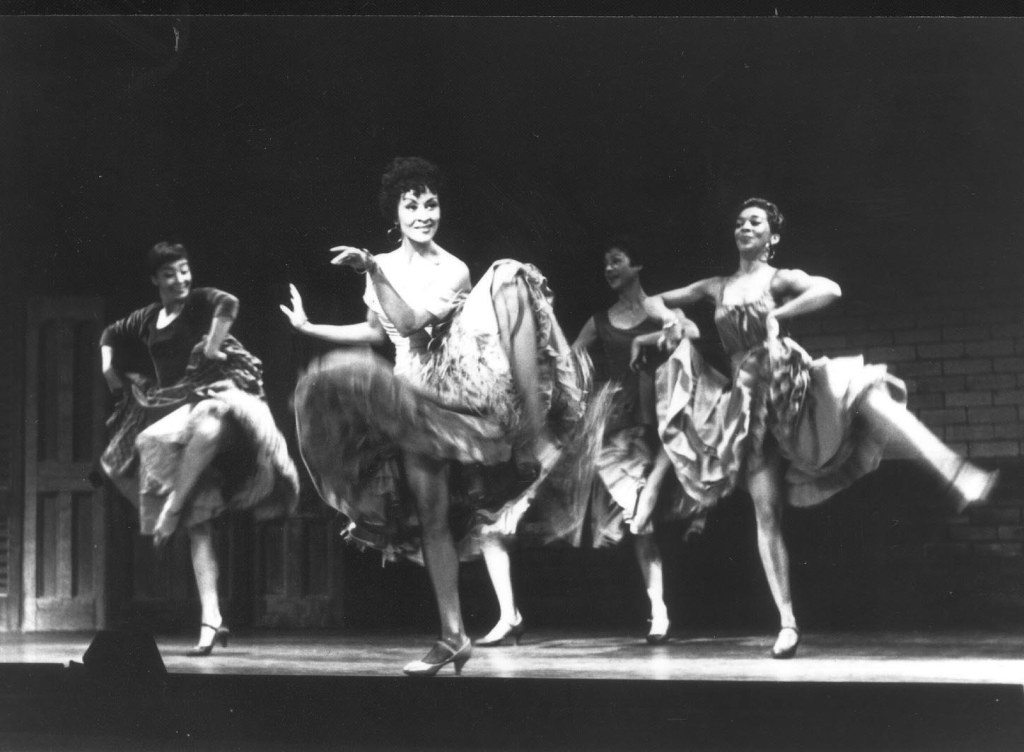
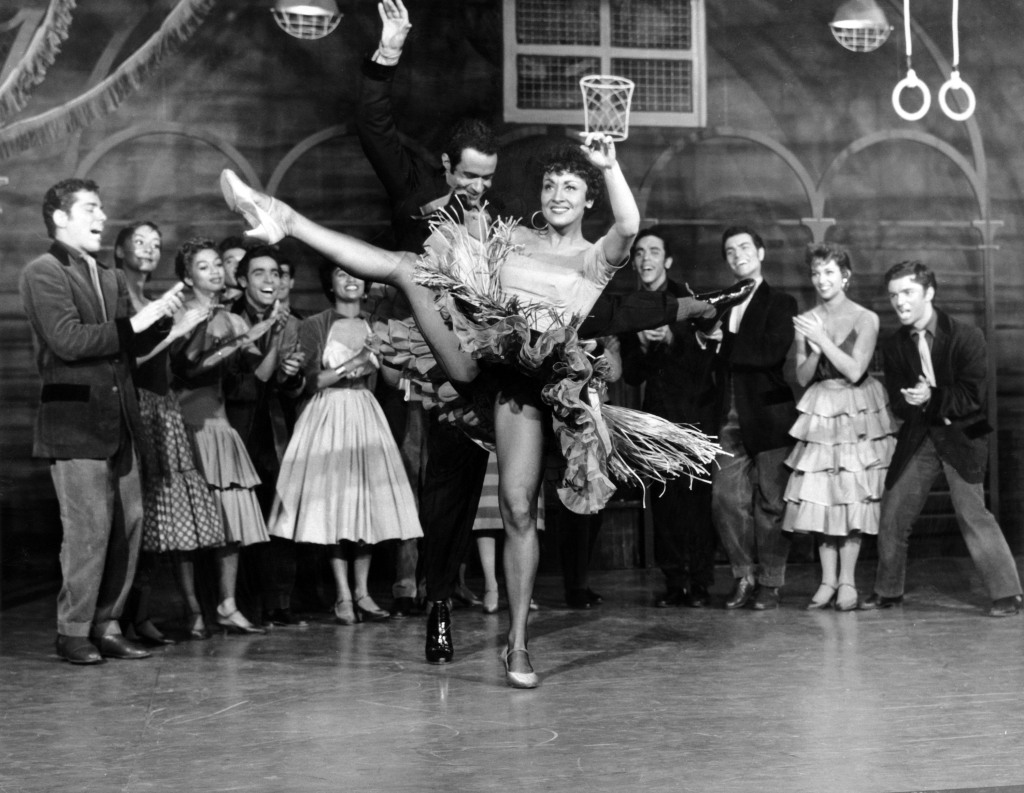
She knows what her audience wants.
Dolores Conchita Figueroa del Rivero — stage name: Chita Rivera — was born in 1933, in Washington, DC.
Her beloved father, a Puerto Rican jazz musician who played saxophone and clarinet, died when Rivera was just 7.
Her widowed young mother, a secretary at the Department of Defense, struggled to raise her five children.
Still, she paid for the tomboyish Dolores to take ballet classes, mostly to get her out of trouble.
But Dolores excelled at dance.
At 15, her teacher took her to New York City to audition for the prestigious School of American Ballet, where she had to stop in the middle of a set of furious fouetté turns when blood began seeping through her satin toe shoes.
She made a good impression anyway: The great choreographer George Balanchine took her aside, gave her some encouraging words, and dressed her wound himself.
A few months later, she was living with relatives in the Bronx, taking classes at Balanchine’s famed school.
(Later, she took a jazz class with none other than Marlon Brando, who spent much of the hour in the corner playing bongos and looking sultry. “The Wild One was wildly flirtatious with everyone, and the girls were beside themselves,” she reports.)
Rivera had a cheekiness that separated her from the rest of her classmates.
When an instructor pushed her under a piano, she stood up, dusted herself off, and laughed in his face; he never did that again.
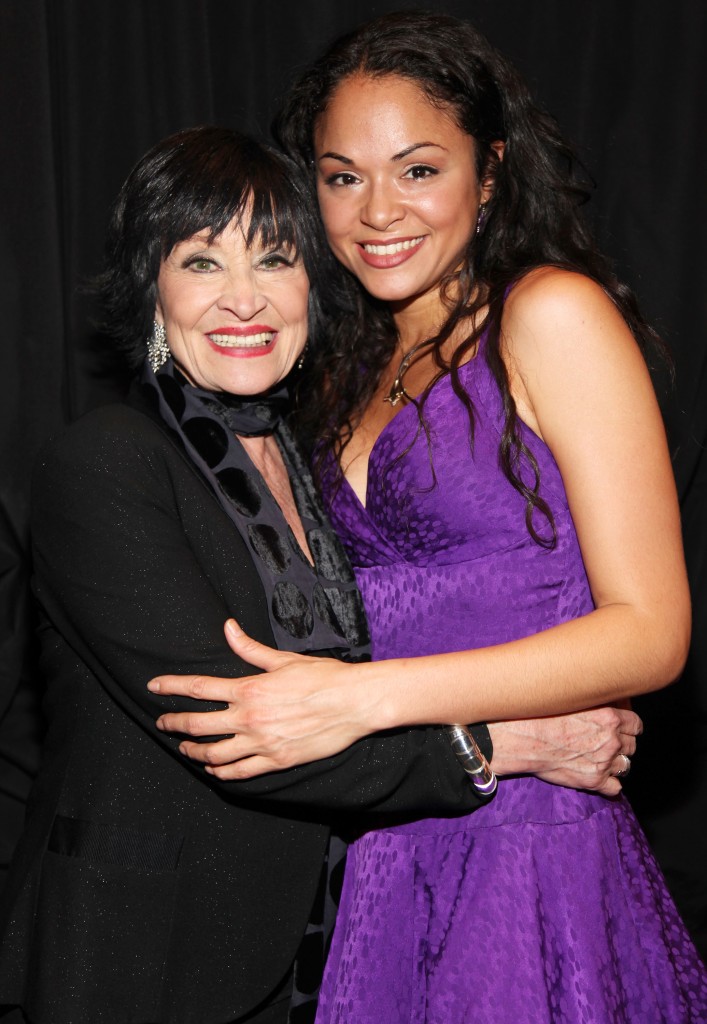
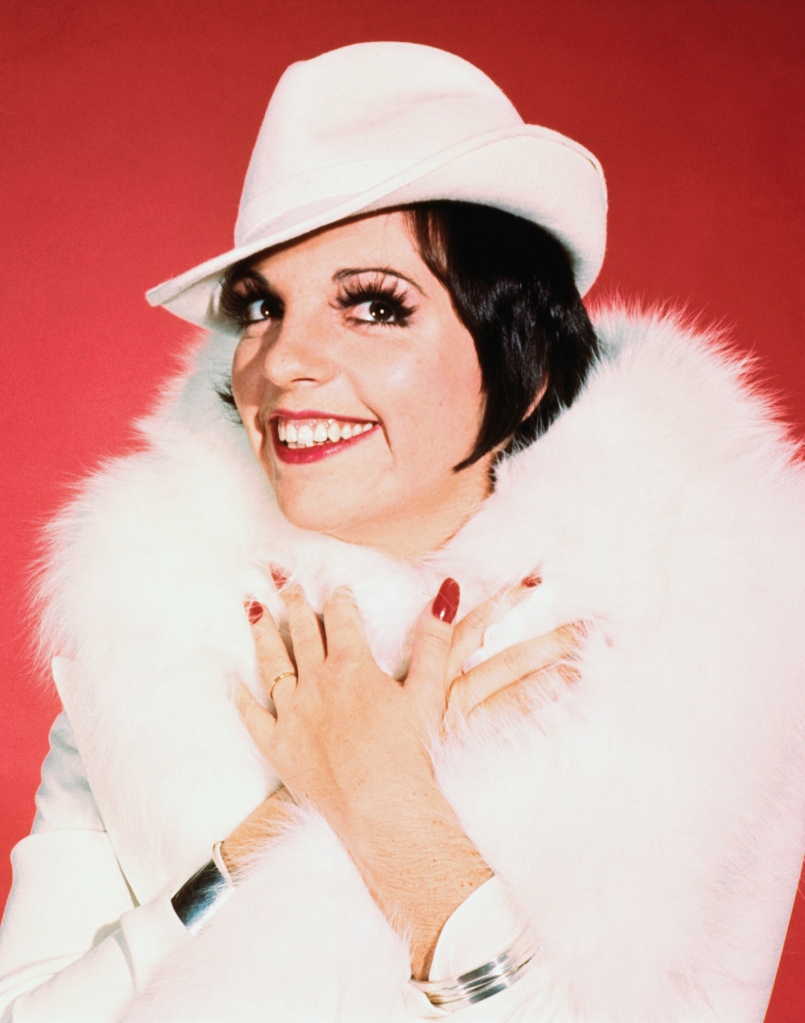
Still, she thought she was destined for a career in the corps de ballet until at 19 she accompanied a friend on an audition for the national touring company of “Call Me Madam” and got cast instead.
“I grew up fast,” Rivera writes of the tour.
“After all, Elaine Stritch — blond, beautiful, brassy — was the lead.”
Stritch conducted an affair with a co-star, toted a coffee mug filled with whiskey during rehearsal, and refused to wear a bra.
“I worshiped her,” Rivera writes.
Dolores followed in her heroine’s footsteps.
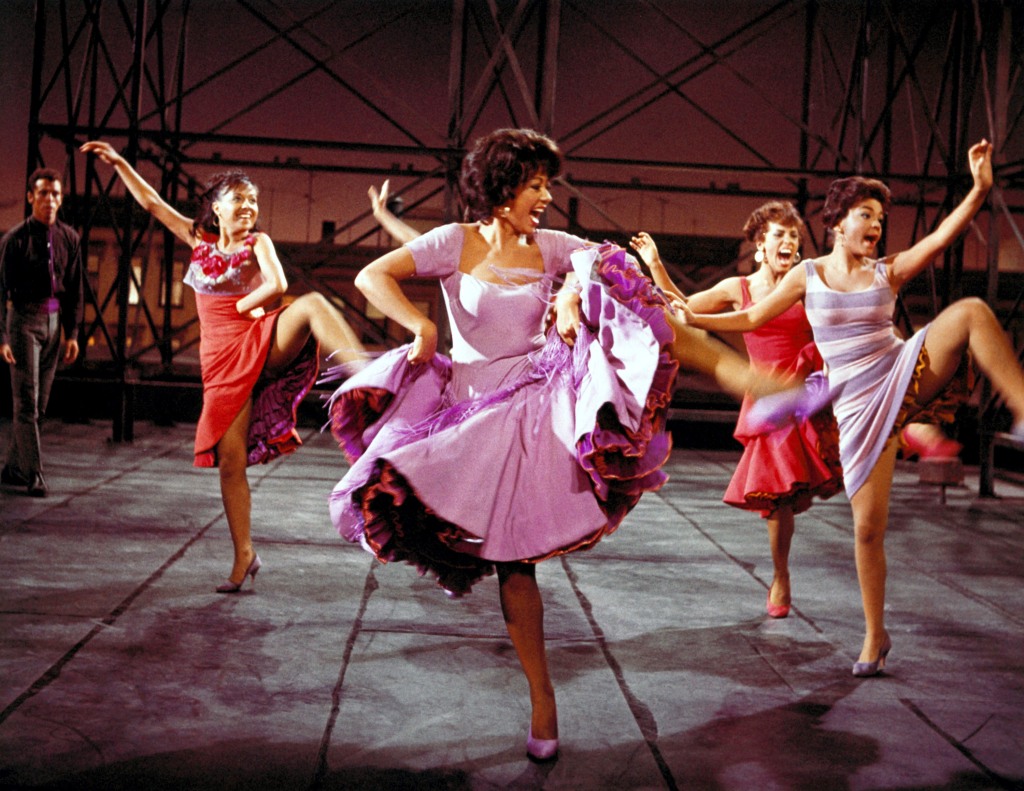
She changed her name to the more showbiz-friendly Chita Rivera and worked her way up from shy chorus girl to commanding leading lady with droves of male admirers.
In “West Side Story,” director Jerome Robbins forbade the actors playing the Puerto Rican Sharks to socialize with those playing the Jets.
That didn’t stop Moreno, who ended up having a passionate affair with a handsome Italian Jet named Tony Mordente. (Robbins forgave them — Chita was one of his “favorites” — and even hosted their wedding reception during the show’s run at his townhouse.)
The second she and Mordente separated, she fell into bed with her “Bajour” co-star Gus Trikonis.
“You try standing in front of a gorgeous, bare-chested man singing love songs to you night after night,” Rivera writes, in defense.
When “West Side Story” composer Leonard Bernstein personally asked her to audition for the role of Anita, Rivera had just ended an affair with Sammy Davis Jr., whom she met in the Broadway production “Mr. Wonderful.”
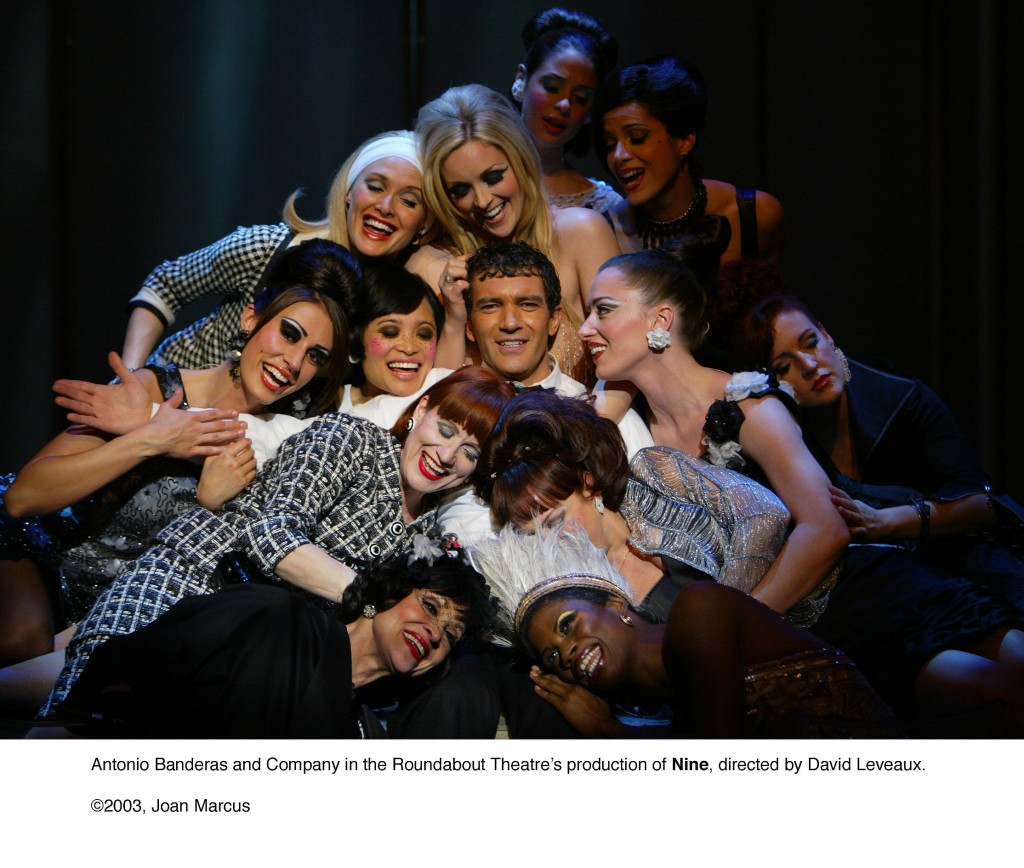
At first, she was skeptical of this “nightclub singer” trying to make it on the Great White Way, but as one of her friends put it, “Talent is an aphrodisiac.”
Still, the romance was tumultuous.
Davis was extremely damaged and traumatized from the racism and violence he experienced touring the South with his father as a child entertainer.
He still had to deal with it.
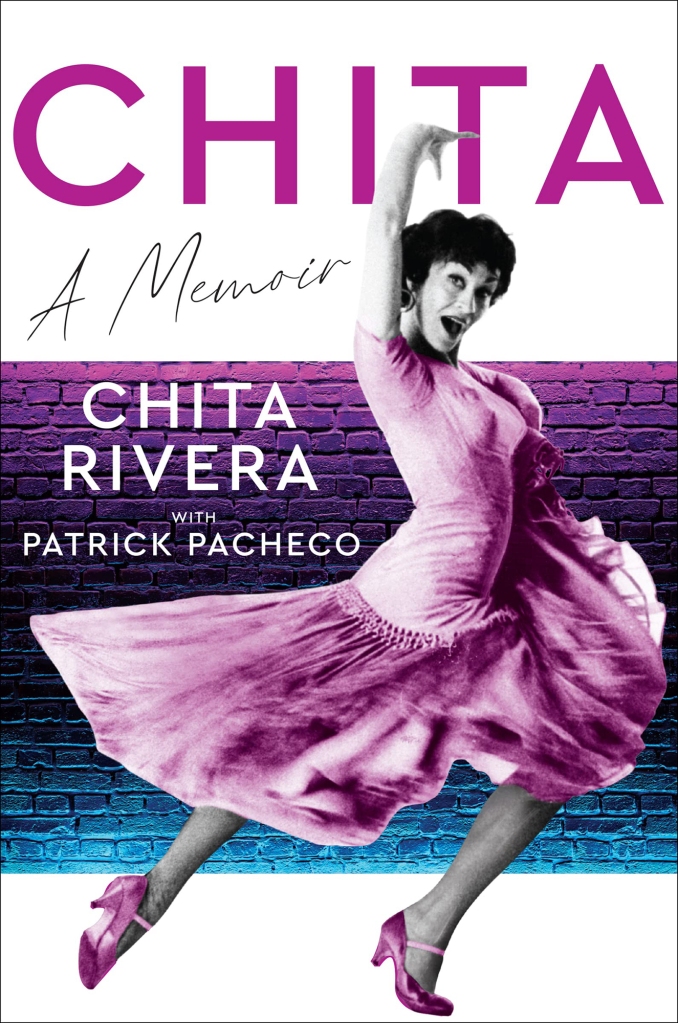
Because Davis was black, not every place in New York welcomed them.
One night, after being rejected from the ritzy El Morocco, Davis picked up the black newspaper The Amsterdam News, which had a cartoon accusing Davis of wanting to be white.
“Why can’t they just let me live my life? What do they want from me?” Davis cried.
Then, Rivera narrates, “Sammy, trembling with rage, took out his glass eye and held it in his fingers … ‘Here! Here! Is this what they want?!’ he yelled. He tossed the eye into an ashtray.”
“I moved to embrace him,” Rivera continues.
“His entire body tensed. He turned away in embarrassment.”
Their affair petered out after that, but the two remained close until Davis’ death in 1990.
He would even joke to Rivera’s daughter: “You know, you could have been mine! … You should have been mine!”
Read the full article Here


